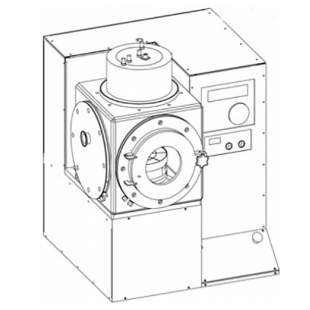Operation Theory of PECVD
2022-08-17587In order to make the most effective use of your thin film deposition system; it is necessary to understand some of the basic parameters involved in creating thin films using the plasma source. Plasma deposition systems typically consist of a parallel plate configuration where the upper electrode is RF and the lower electrode is ground. Gas comes through the showerhead. In such configuration activating two species with substantially different activation energy is difficult, and both stoichiometry and thickness can not be uniform over large substrate areas. Here the secondary gas input line allows difficult to activate species to enter plasma from the source and easier to activate species are provided at a through the primary line of the source. Then best uniformity can be achieved by optimizing flows at different pressures.
It is imperative that a deep base pressure be achieved in order to get the adhesion and cleanliness necessary for high quality thin film deposition. The lowest RF power at which discharge can be initiated depends on the type of gas used; however typically these pressures are around 0.1 Torr. RF power can be increased when auto tuning is capable of real time tuning with reflected powers in the range of 1% of total. At high powers, the plasma may display instabilities, which may be removed by increasing pressure. At lower pressures more uniform and diffused plasma can be obtained at lower power levels. Typical operational pressure range is 0.1 to 1 Torr, 100-200W. Below is a graph of the operating power limits for the plasma source. Any values in the shaded region should produce consistent plasma.
Uniformity of the deposition would be function of the flow rates, substrate temperature and the spacing between the electrodes. The substrate can be heated to a maximum 400C.
Biasing the platen can control ion acceleration energy through the plasma sheet. Plasma potential can also be affected by controlling electron loss through the plasma. Therefore, through biasing and heating, denser and harder films can be produced.
-
- CVD设备 微波等离子化学气相沉积系统 那诺-马斯特
- 品牌:美国那诺-马斯特
- 型号:PECVD
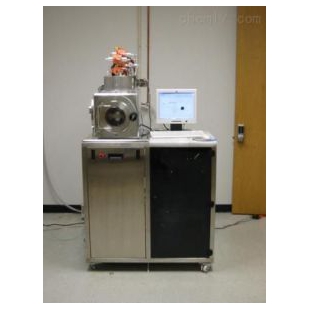
-
- PECVD设备 NPE-4000(ICPA)自动ICPECVD等离子体化学气相沉积系统 那诺-马斯特
- 品牌:美国那诺-马斯特
- 型号:NPE-4000(ICPA)
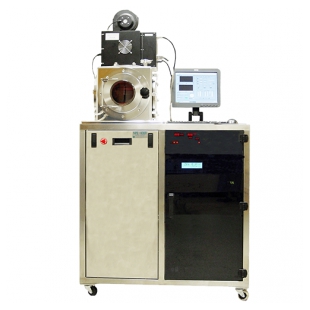
-
- PECVD设备 NPE-4000(ICPM)ICPECVD等离子体化学气相沉积系统 那诺-马斯特
- 品牌:美国那诺-马斯特
- 型号:NPE-4000(ICPM)
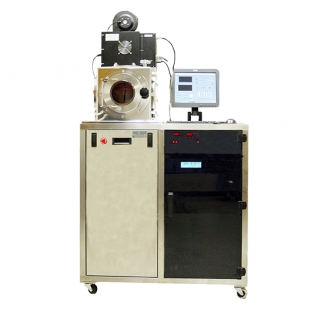
-
- PECVD镀膜设备 NPE-3500 PECVD等离子体化学气相沉积系统 那诺-马斯特
- 品牌:美国那诺-马斯特
- 型号:NPE-3500
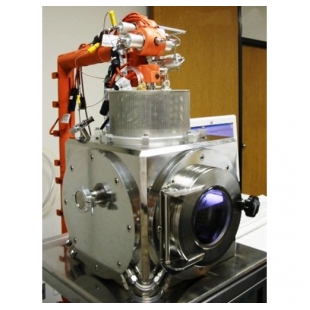
-
- plasma设备 NPE-3000 PECVD等离子体化学气相沉积系统 那诺-马斯特
- 品牌:美国那诺-马斯特
- 型号:NPE-3000
